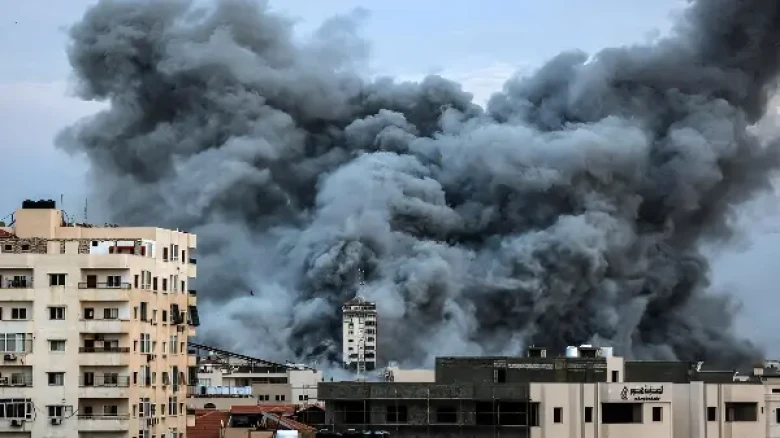Regional

The World Bank issued a stark warning on Monday, expressing concern that the ongoing conflict between Israel and Hamas could lead to...
Digital Desk: The World Bank issued a stark warning on Monday, expressing concern that the ongoing conflict between Israel and Hamas in the Middle East could lead to significant price shocks for raw materials, including oil and agricultural products if the situation escalates further. This warning comes as oil prices have already surged by six percent in response to the latest round of violence.
The current round of hostilities was triggered when Hamas operatives infiltrated southern Israel, resulting in over 1,400 casualties, with a majority being civilians, and the seizure of nearly 240 hostages, according to Israeli officials. In response, Israel has launched a relentless bombardment of Gaza, which, as reported by the Hamas-run health ministry, has led to the deaths of over 8,000 people, including nearly half of them being children.
The timing of this conflict is particularly concerning due to the ongoing war in Ukraine, where Russia's actions have already exerted immense pressure on commodity markets. World Bank Chief Economist Indermit Gill warned that the Ukrainian conflict is "the biggest shock to commodity markets since the 1970s," and its disruptive effects on the global economy continue to be felt to this day.
Gill emphasized the need for vigilance, noting that if the situation escalates, it could result in a dual energy shock emanating from both the conflict in the Middle East and the war in Ukraine, which would be unprecedented in decades.
The extent of potential price hikes will be heavily dependent on developments in the global oil market. The World Bank outlined three scenarios: in the most optimistic scenario, oil prices could rise by 3–13 percent, reaching between $93 and $102 per barrel. In a median scenario, prices could climb up to $121, while in a worst-case scenario, oil prices might peak at an alarming range of $140 to $157, possibly surpassing the all-time highs last seen in 2008.
The outcome of this situation remains uncertain, and the World Bank's warning serves as a stark reminder of the global economic consequences that may arise if the conflicts in both the Middle East and Ukraine continue to escalate. Policymakers and markets around the world will be closely monitoring these developments in the days and weeks to come.
Leave A Comment